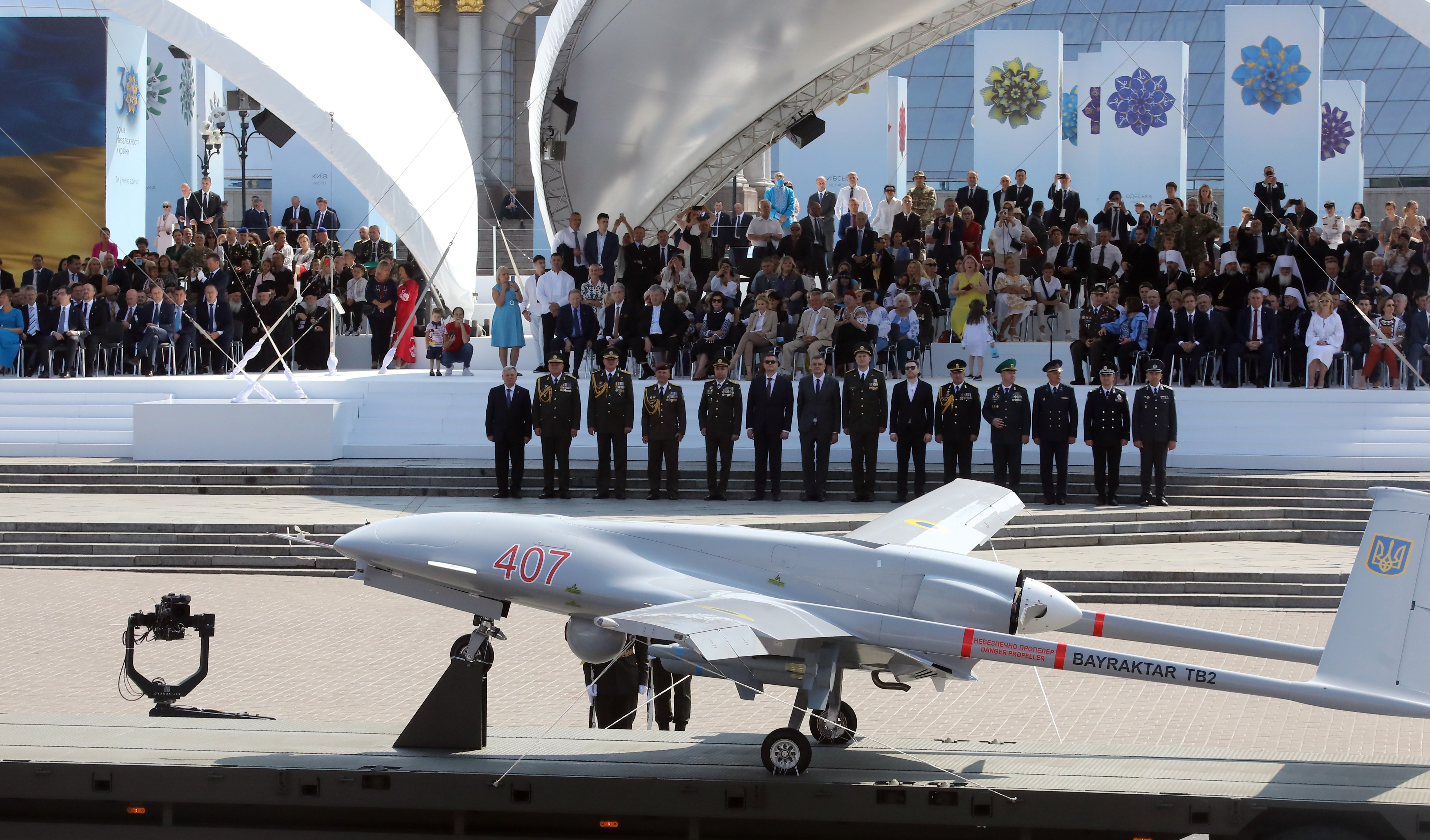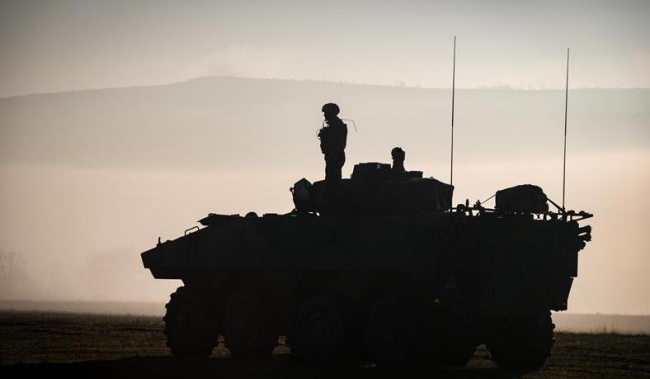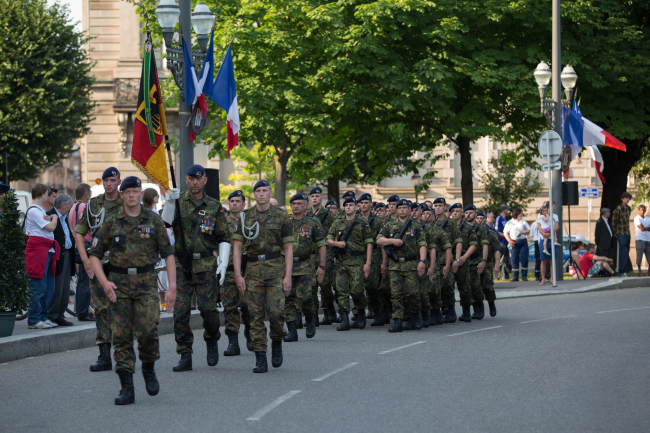TB2 Bayraktar: Big Strategy for a Little Drone

Since 2016, the tactical drone TB2 Bayraktar—“standard bearer” in Turkish—has received considerable media attention, particularly during the conflict in Nagorno-Karabakh in 2020. Thanks to Azerbaijan’s victory over its neighbor Armenia, the drone, manufactured by Baykar, is now a proven combat system with increasing numbers of export clients.

These sales are encouraged by the Turkish government, which is anxious to promote the products of its defense industrial base (DIB). The TB2 enjoys a reputation as an efficient and inexpensive platform and serves as a springboard for the Turkish defense aeronautics industry, which continues to make new announcements about future drone projects.
The Turkish drone has also played an important role in the conflict in Ukraine, where the Ukrainian forces have used it for strategic communications, further strengthening its reputation. Presented as a key factor in several Ukrainian military successes, including the halting of the Russian advance from Belorussia or the destruction of the Moskva cruiser, the TB2 has become one of the symbols of the early stages of the conflict, partly thanks to its distinctive shape. Baykar has also exploited the positive publicity around its flagship product to intensify its own marketing and spotlight its industrial accomplishments.
Beyond this media success story, which the Turkish government has capitalized on to promote its own achievements, it would be useful to put the TB2’s technical performance into perspective in terms of its endurance, capacity, and range. Examination of its military and commercial history enables a more impartial view of this weapons system and its integration into Ankara’s industrial trajectory and strategic plans.

Available in:
Regions and themes
ISBN / ISSN
Share
Download the full analysis
This page contains only a summary of our work. If you would like to have access to all the information from our research on the subject, you can download the full version in PDF format.
TB2 Bayraktar: Big Strategy for a Little Drone
Related centers and programs
Discover our other research centers and programsFind out more
Discover all our analysesThe Franco-German Brigade and the Revival of European Defense
One thing has been clear since Donald Trump's return to the White House: the very existence of the European unification project is threatened. Unless it develops a sovereign defense policy to counter the war in Ukraine and the weakening of American security guarantees, the European Union will continue to see its internal cohesion and external attractiveness wane.
Taking the Pulse: Can Europeans Build Their Independent Extended Nuclear Deterrent?
Confronted with a U.S. disengagement and the Russian threat, Europeans are reconsidering their stance on nuclear deterrence. Given the capabilities of the French and British arsenals, can Europe develop an independent nuclear deterrent?

RAMSES 2024. A World to Be Remade
For its 42nd edition, RAMSES 2024 identifies three major challenges for 2024.
A Transatlantic Defense Industrial Base? Two Contrasting Views
The evolving landscape of global defense cooperation has brought the transatlantic relationship between the United States (US) and Europe into sharp focus. As geopolitical tensions rise and the threat environment becomes more complex, the question of how Europe can best ensure its security while navigating its relationship with the United States has become paramount. This double feature report offers two contrasting views on the dynamics of US-Europe defense industrial relations, highlighting the challenges and opportunities that lie ahead for both parties.









